Restaurants
Search Results36
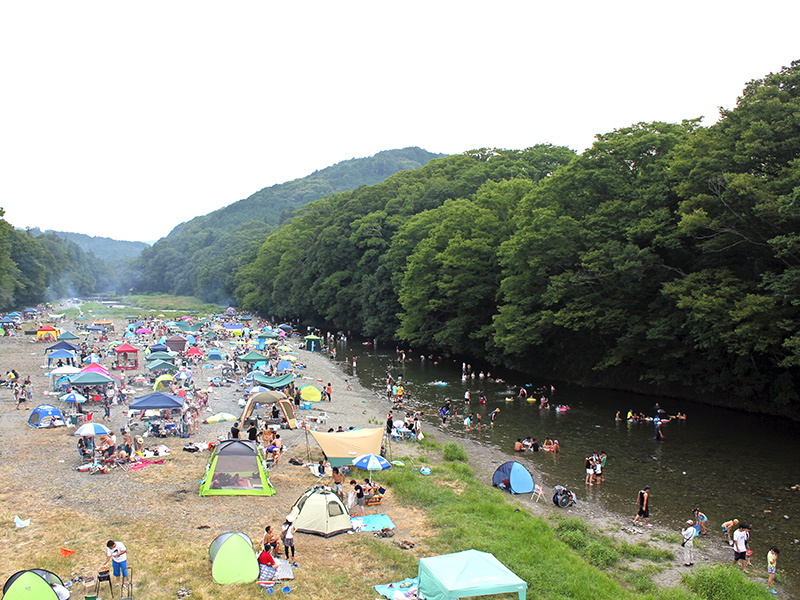
If you reserve an outdoor BBQ and food set (4 days advance required), you can arrive to BBQ here empty-handed. Reserve a spot under the roofed BBQ pavilion (4 days advance required) and you can BBQ even if it rains. The place is well-equipped with clean toilets, kitchen spaces and running water. A clear stream runs right in front of the BBQ space, making safe to play in the water.
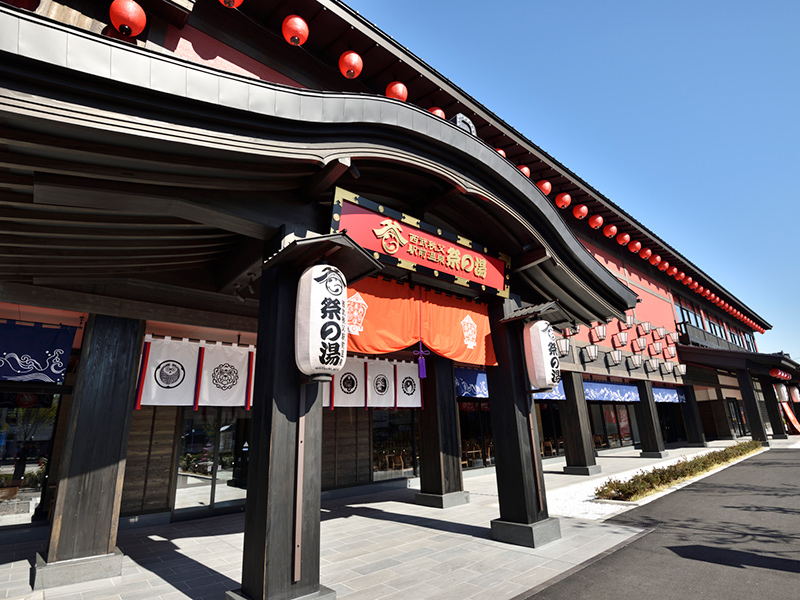
“Seibu Chichibu Ekimae Onsen Matsuri no Yu,” is a large combination hot spring facility based on Chichibu’s specialty, “Festivals.” The facility contains Matsuri no Yu, with four types of open-air baths, a highly concentrated artificial carbonated hot spring and six indoor baths (five for men) to enjoy. Additionally in this area, which takes pride in its rich variety of hot springs, there is a Japanese style food court and an area selling local products perfect as souvenirs, making this facility packed full of Chichibu’s local charm.
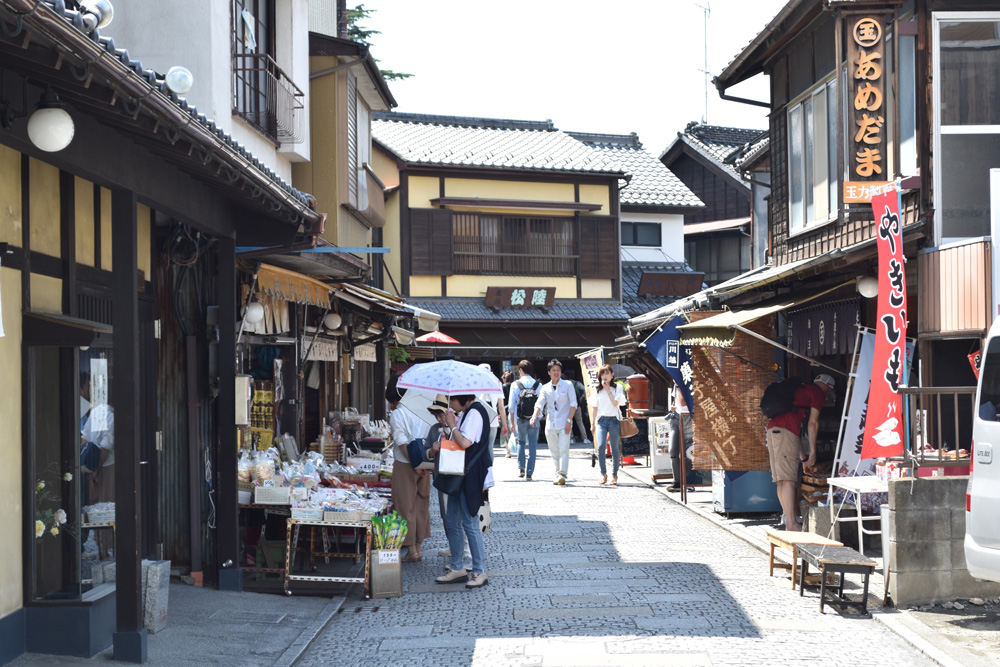
Kashiya Yokochō is a street lined with old fashioned candy (dagashi) shops. There were around 70 shops in early Showa era where various sweets were produced and sold wholesale. Currently there are around 20 shops that produce and sell simple sweets such as mint candy and Kintaro candy, fun nostalgic sweets that both children and adults can enjoy. It was also selected as one of the Ministry of Environment’s “Top100 Best Scented Sceneries.”
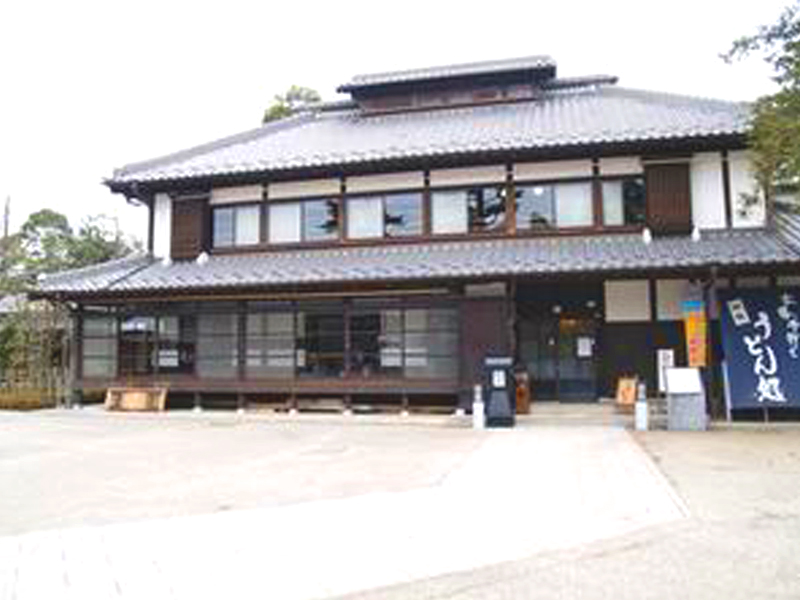
This safflower museum is a renovated private house built in the late Meiji era. There are various workshops such as pottery and soba noodle making available. The best time to see the safflower is from late to mid-June, and the steamed safflower buns are popular as a souvenir. There is also a restaurant where you can enjoy handmade udon noodles made from 100% local flour. Enjoy Okegawa both with your eyes and your tastebuds!
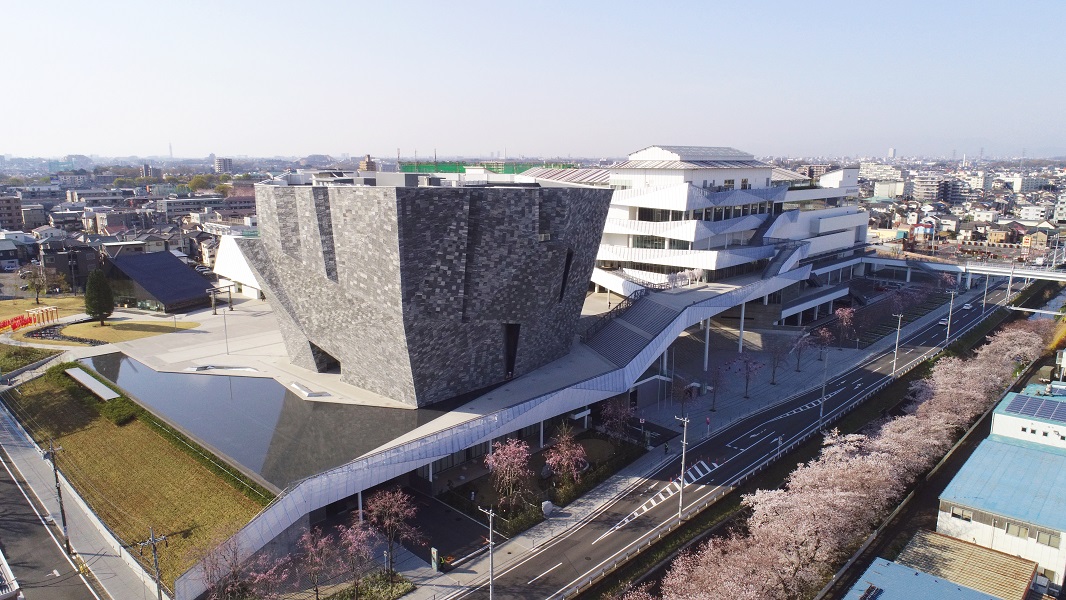
This facility is the center of the "Cool Japan Forest" Project, a joint project by KADOKAWA and Tokorozawa City to share the cutting-edge culture and industry born from an area of plentiful, beautiful nature. The facility has a library, art, natural history and anime museums, and a multipurpose hall to enjoy Japanese pop culture events. In addition, there are book manufacturing and distribution plants, offices, stores, restaurants, hands-on bookstores, shrines, and more!
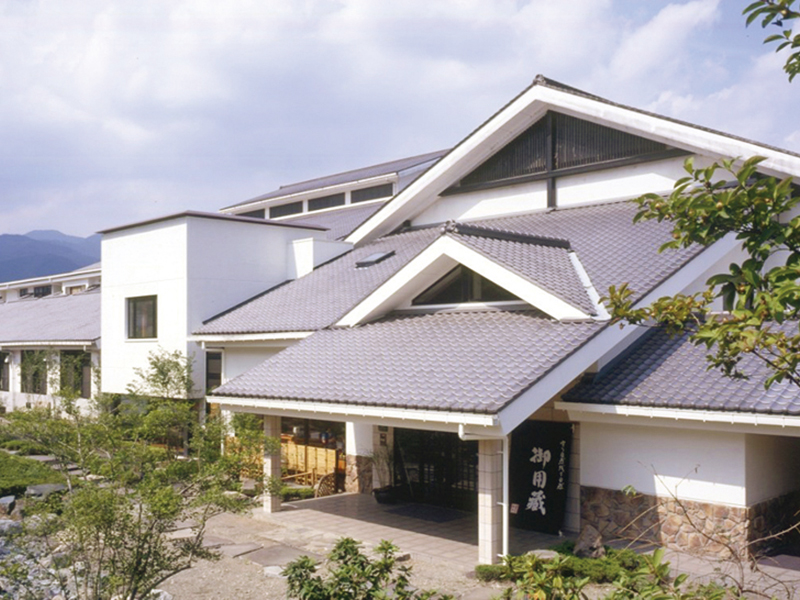
Offering miso, soy sauce, tofu, yuba, fried foods, pickles and sweets, all crafted with utmost care from the finest ingredients. (For more information regarding the facility, please refer to the URL below.)
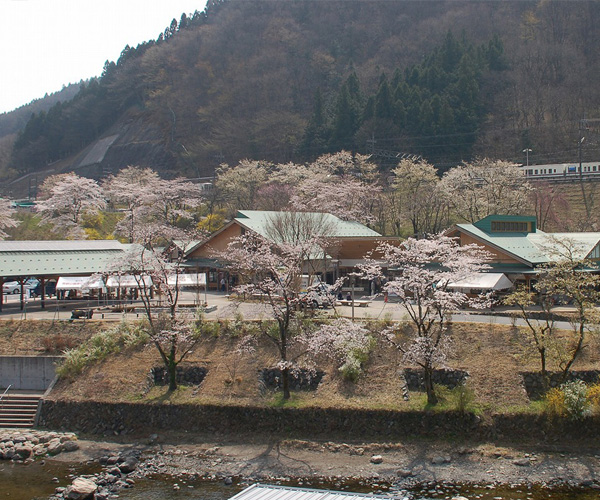
This roadside station is surrounded by rich green mountains, the clear streams of the Yokose River, clean air, and seasonal flowers and fruit trees. Inside the station, there is a farmers' market, restaurant, information center, resting area, hands-on experience dōjō (udon/soba), ceramics classroom and a gallery. Outside, there is an open space for relaxing and a deck where one can view the river from above. You can also enjoy a walk next to the Yokose river. ※Facilities listed in the Saitama Industrial Tourism Guidebook, "Manufacturing Guidebook."
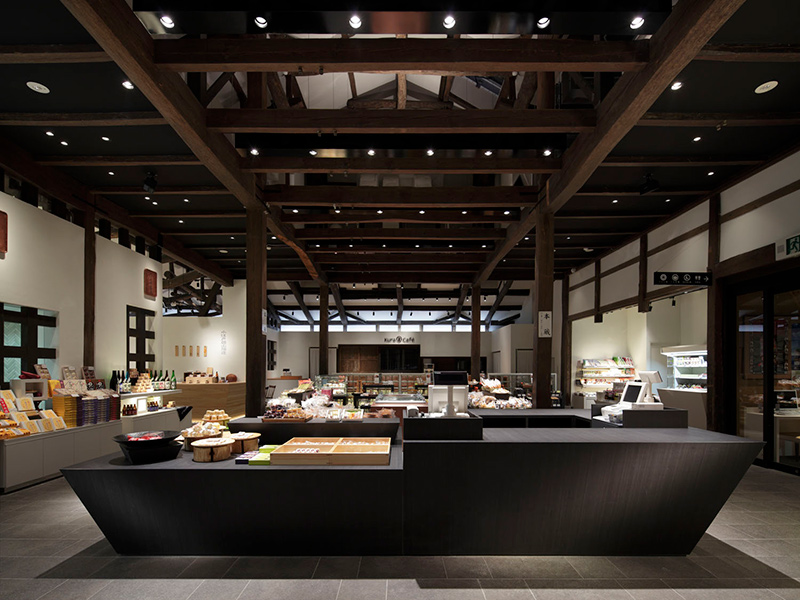
Koedo Kurari is an improved facility retaining the atmosphere of the original Kyūkagamiyama brewery, established in 1875. The brewery, built through the Meiji, Taisho, and Shōwa periods, was remodeled and designated as one of Japan's registered tangible cultural properties along with the three warehouses: souvenir shop (Meijigura), Restaurant (Taishōgura), Japanese sake shop (Shōwagura), and meeting space (Tenjigura).
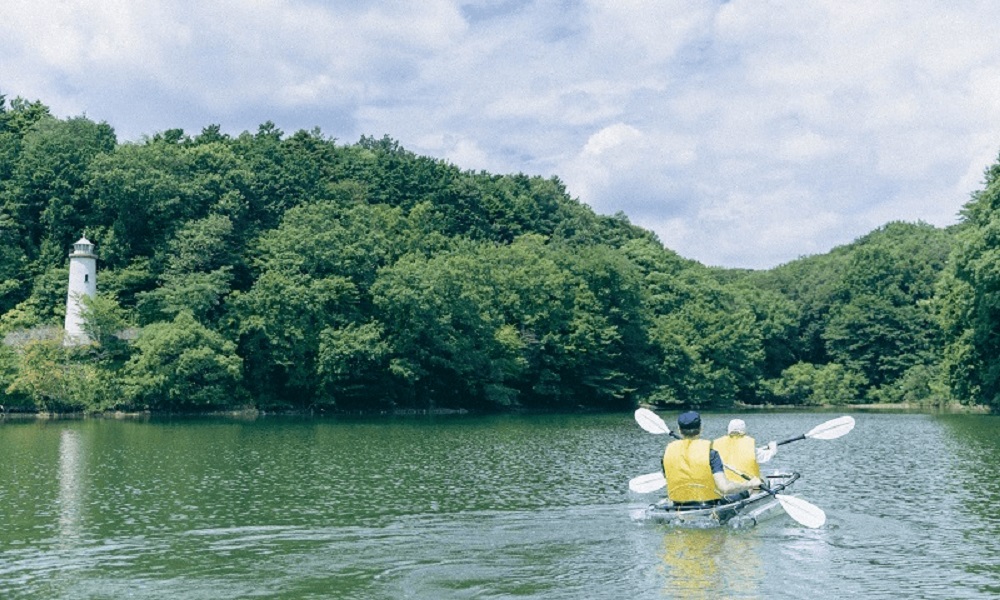
You'll spend a delightful time with family and friends at Metsa Village, whether shopping for Nordic brand goods that give you a taste of Nordic lifestyle, perusing handicrafts at the market, enjoying a Nordic meal at the restaurant, taking part in arts and crafts workshops, renting a boat to cruise the lake, or through various seasonal events. There's plenty to experience at this lakeside forest.
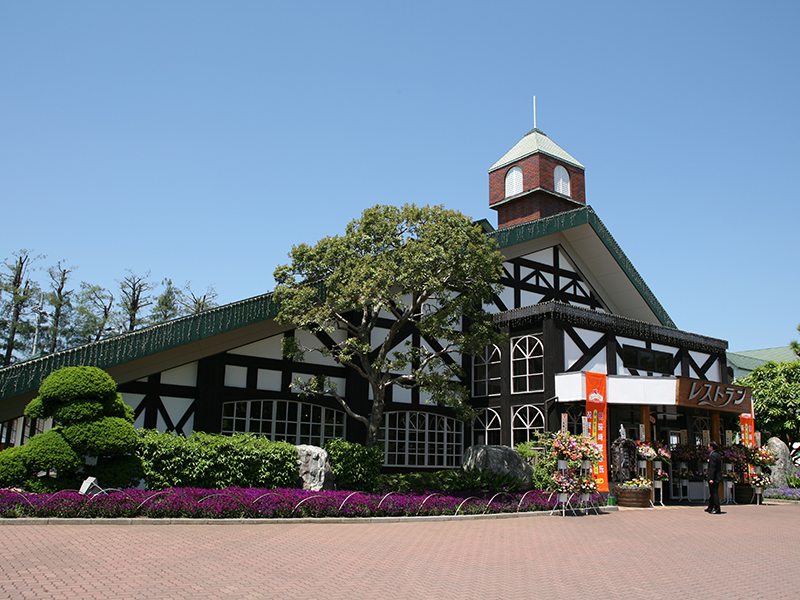
Established in 1946, our slogan is “from farm to dining table,” and we take pride in producing healthy and delicious ham and sausages using meat from the pigs raised on our farm. The quality of our product has been recognized for its authenticity in Germany, and has won many gold awards in international food contests. Featuring a theme park revolving around pork and health, there are gourmet pork meals, a farmers market selling local fresh vegetables and a relaxing hot spring, for a day full of leisurely fun.
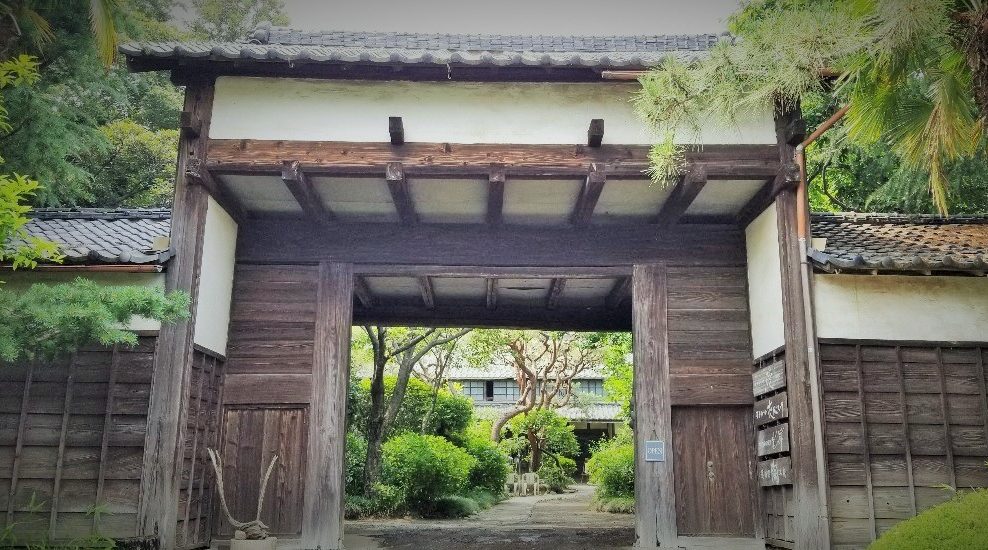
The Takazawa Memorial Hall is a historic building constructed during the Edo period and is registered as a national tangible cultural property. At this café, surrounded by a vast garden with a calming atmosphere, visitors can enjoy Gyoda Ancient Rice Curry in the shape of a megalith tomb (kofun) and made-from-scratch cakes. A cafe for those looking for a hidden place to spend a slow and relaxing mmoment.
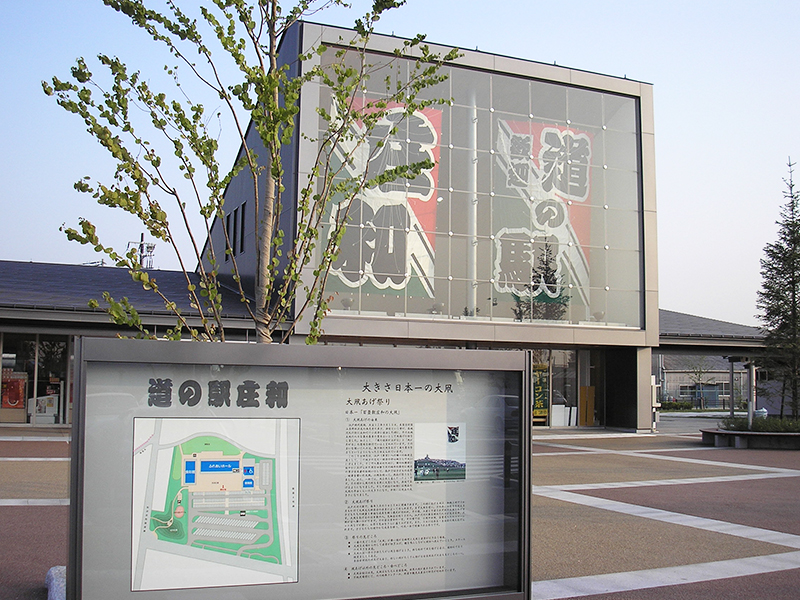
Roadside Station Showa, surrounded by a rural landscape of fertile farmland and pastoral rice fields interwoven with small forest groves, is nestled in the perfect environment to feel the change of the seasons. In the product hall, you can find a variety of souvenirs from all over the country, as well as products unique to the Kasukabe area. You can also buy local fresh vegetables at the farmers market, a place popular with tourists. Meals are also available at the restaurant, "Shokusai-kan."
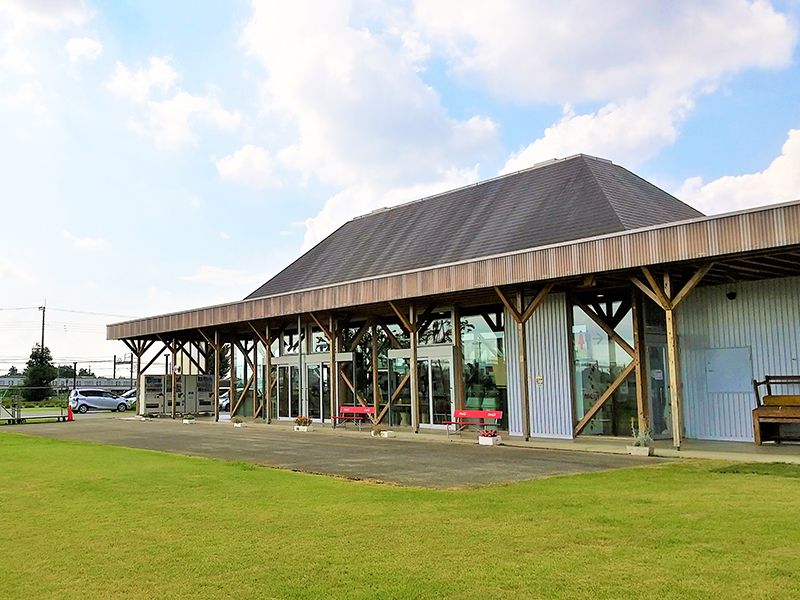
JA Saitama Chuo's Higashi Matsuyama direct sales center "Inahoterasu" is an open building constructed with local wood and natural material. The name was chosen through a contest where locals participated and came with suggestions. Inahoterasu symbolizes how the ears of rice (=inaho) will light up (=terasu) a bright future for people. Here you can find a wide variety of souvenirs from Higashimatsuyama City, such as processed pears and chestnuts, yakitori rice crackers, and other sweets!

Created from a renovated old private residence, this complex stands on the road leading to Chichibu Shrine. Filled with Showa Retro style, the facility boasts a collection of establishments, including an Italian restaurant serving organic fare, a bar with 20 different beers always on tap and a private accommodation blending retro and modern styles, all built to create a place that attracts visitors and encourages organic connections.
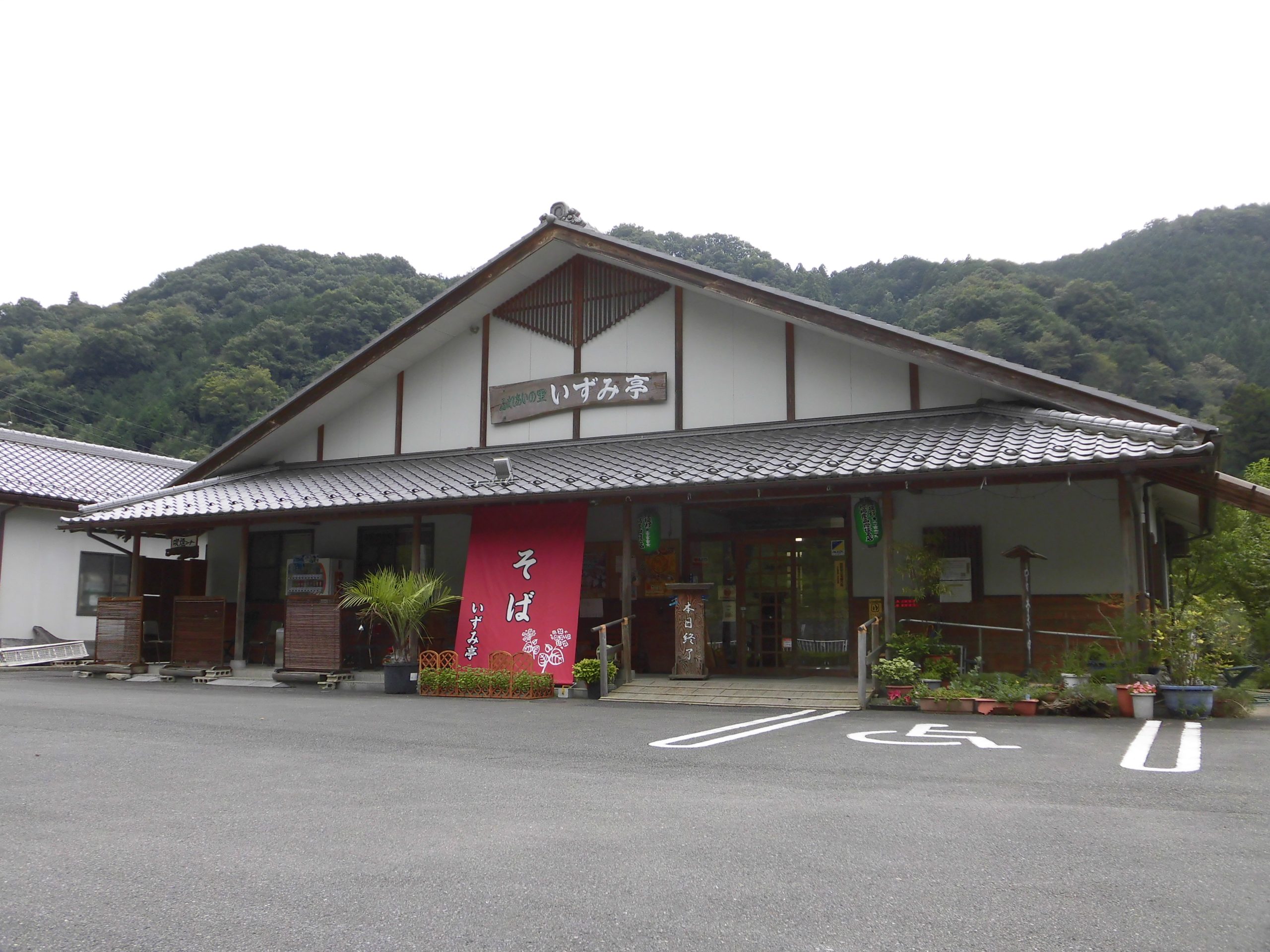
A shop that sells handmade soba made from 100% local buckwheat flour. They also use ingredients which are grown pesticide free or use 50% lower pesticides certified by the prefecture. Izumi-tei offers dishes made from ingredients at the peak of freshness and cultivated with the highest level of safety. Soba making experiences are also available with a reservation.
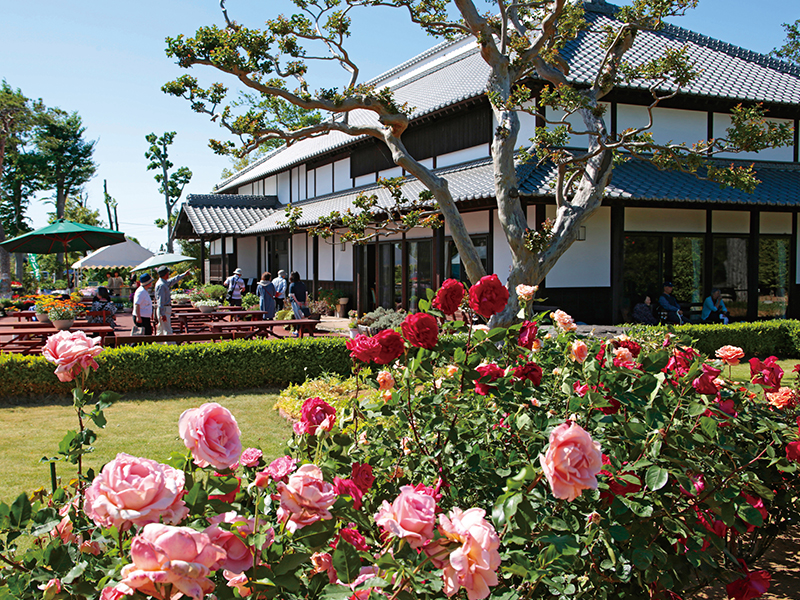
From the moment you pass through the Nagaya gate, you will find yourself in an atmosphere of peace and nostalgia in this old traditional house. In the garden, roses are in full bloom, and inside the facility there is a restaurant where visitors can enjoy a meal and a local produce specialty store for buying fresh vegetables. This is the perfect place for a relaxing time.
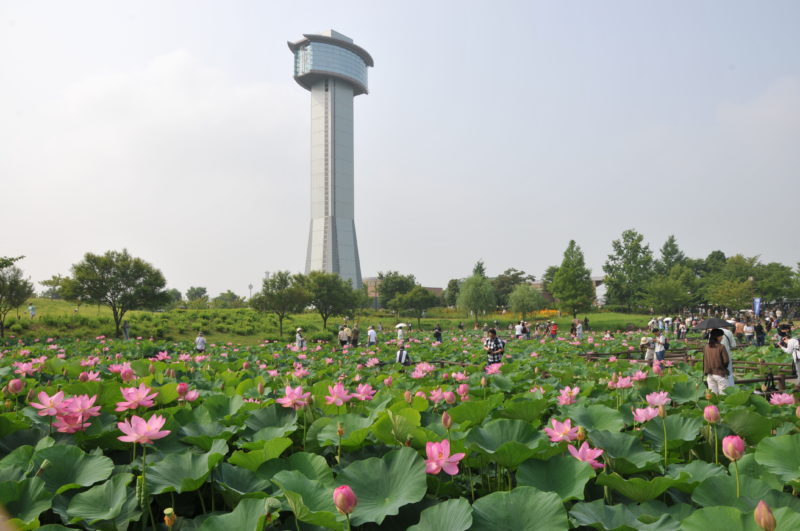
From mid-June to early August, 12,000 stocks of 42 different types of lotus flowers bloom on the surface of this lotus pond. The Gyōda lotus (ancient lotus) is a primitive form with few petals; it is said this variety of lotus is from about 1,400 to 3,000 years ago. Lotus flowers are best viewed midmorning. There are aquatic plant botanical gardens, aquatic bird lakes, peony gardens, plum tree groves, and a spot for flower viewing (hanami) cherry blossom trees, making it a place to go to feel the beauty of nature all year round. In addition, from mid-July to mid-October, rice paddy art is at its prime and can be viewed from the Ancient Lotus Hall’s Observation Room. The rice paddy art of Gyōda City started in 2008, with annual rice transplanting taking place with the help of several volunteers and participants. Not only are the designs original, but some have been featured in movies, TV shows, games. In 2015 it was recorded in the Guinness World Records as “the world’s largest (rice paddy art).”
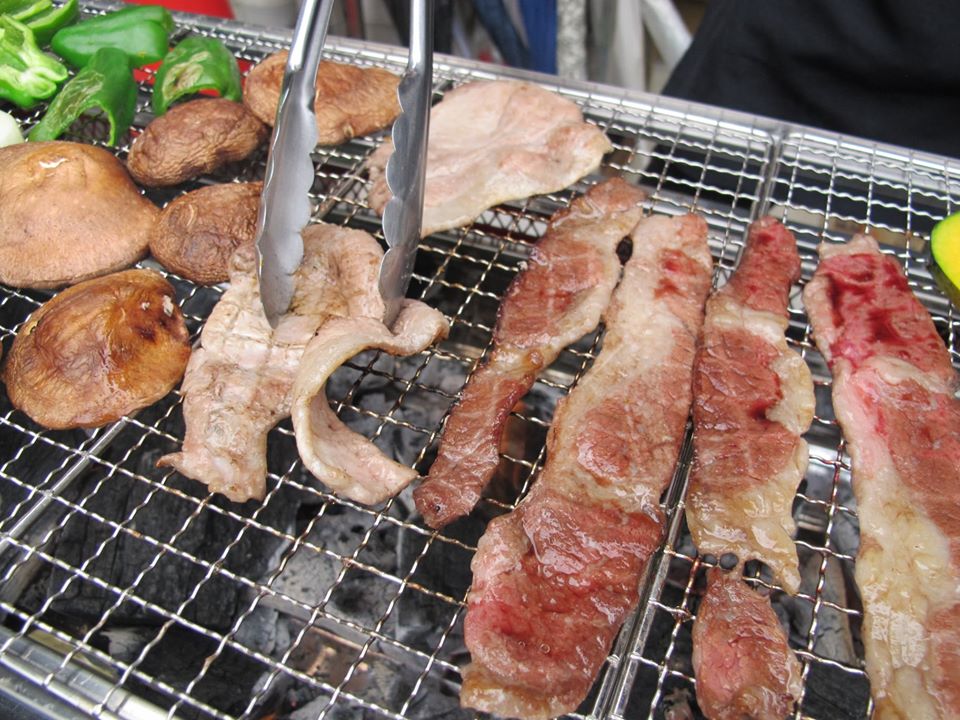
■ Convenient BBQ! Come empty-handed! No need to clean up! ♪ Right next to Shigakubo Station! Riverside BBQ surrounded by splendid nature! ☆彡 ■ Reservation required・・・Please contact us a week in advance. (Reservations accepted from one month in advance) ■ There may be changes/cancellations depending on circumstances. ■ Payment is made in advance through the office. ■ Bringing in food and drinks is prohibited. Beer/soft drinks can be purchased at our vendor. ■ Drinks are not included in the general set so please purchase them at Roadside Station Orchard Park Ashigakubo. Please do not bring fireworks. Fully enjoy BBQ without needing to worry about cleaning and garbage collection! The cool temperature by the riverside is the perfect place to relax on a hot summer day~♪ Or how about a quick dip river? ( *´艸`) There is a coin-operated shower at the Roadside Station Orchard Park Ashigakubo (reception open until 4 pm), so you can wash away your sweat ☆彡 Please feel free to use it ♪ (200 yen for 10 minutes) ☆ In the vicinity, there is the Yokoze Nōson Park with a 100-meter roller slide (30 minutes on foot) and a hiking course (Ashigakubo Orchard Park Village, Mount Hinata). Let's enjoy the outdoors~ Nearby, you can also find Yokozemachi Bukosan Tourist Information Center (0494-25-0450) where you can pick up a convenient area map! ♪ There are rental bikes available at the information center as well! (´▽`*)
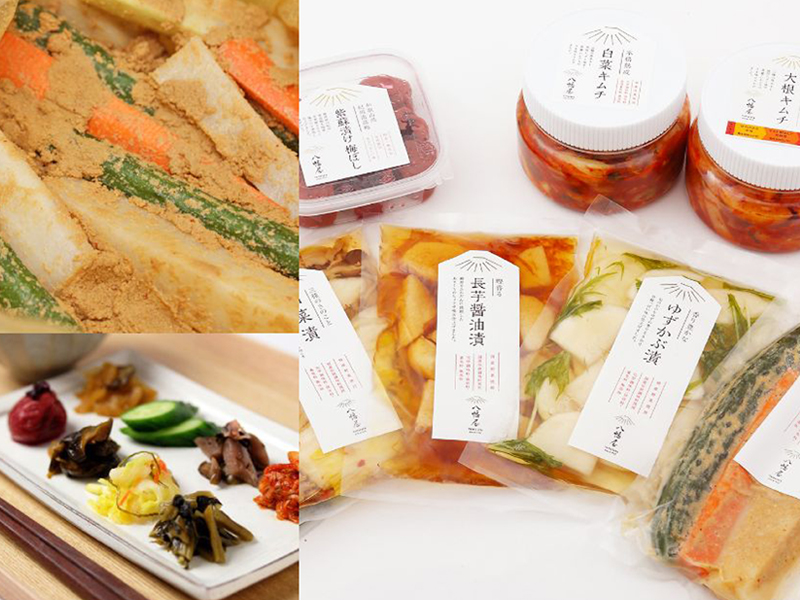
A fermentation theme park run by Pickles Corporation, a tsukemono (Japanese pickles) maker. There are select shops for fermented foods, cafes, restaurants, and workshops available. You can eat dishes made with koji (rice with added fermentation culture) and lactic acid bacteria, and buy pickles and fermented foods carefully selected from all over the country. You can also experience making fermented foods yourself, such as kimchi, nukazuke (rice bran pickles) and seasonal dishes, in one of the many workshops.
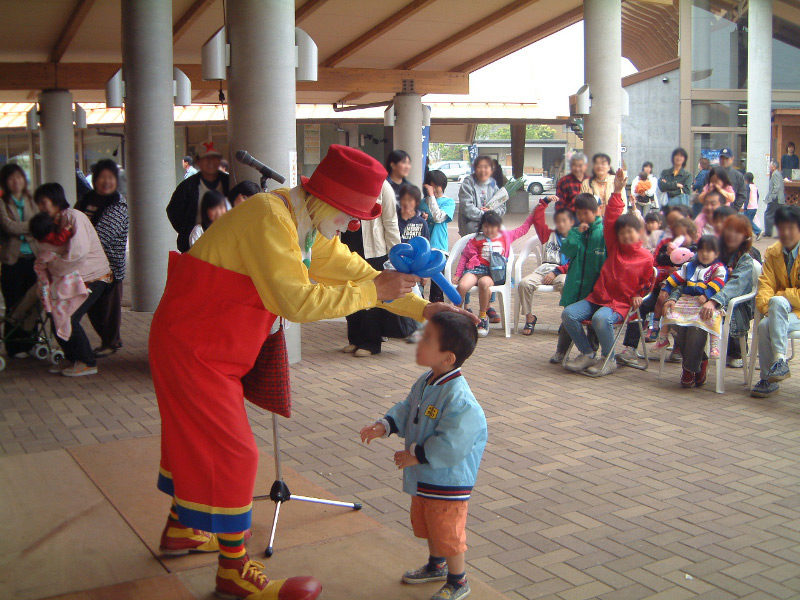
“Kiyasse Hanyū” is the nickname for Hanyū City Mitakaya agricultural and forest park. This park, with an area of roughly 3.6 hectares, has a flower-filled “Shiki no Oka” (four seasons hill), a production building selling local vegetables harvested fresh each morning, a beer factory that manufactures Hanyū’s local beer “Kobushi Hana Beer,” and a restaurant to enjoy handmade udon. Inside the park, there is playground equipment for kids, and events and vegetable harvesting experiences are held year round.
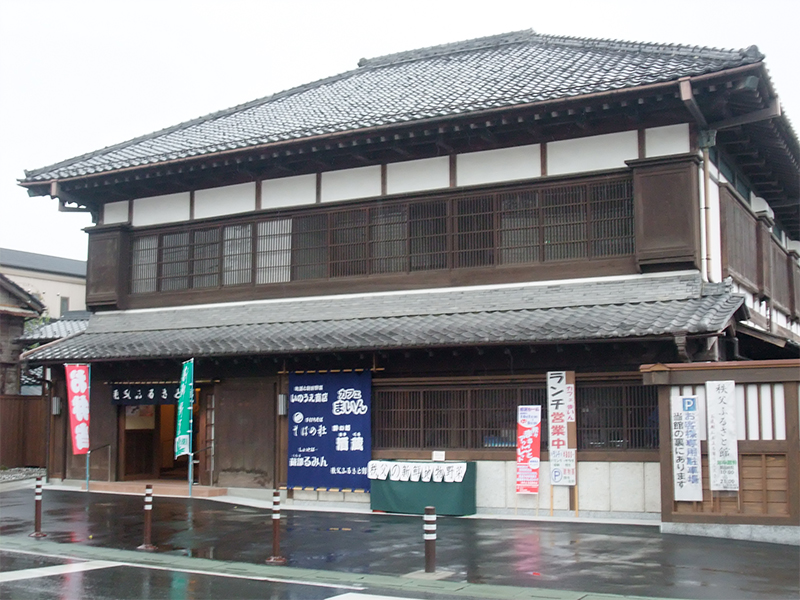
This store was originally the main building of a meisen silk wholesaler that prospered in the Taisho era. It has now been restored as a tourist center that also displays and sells local products. You can also try out the local cuisine at the soba noodle shop!
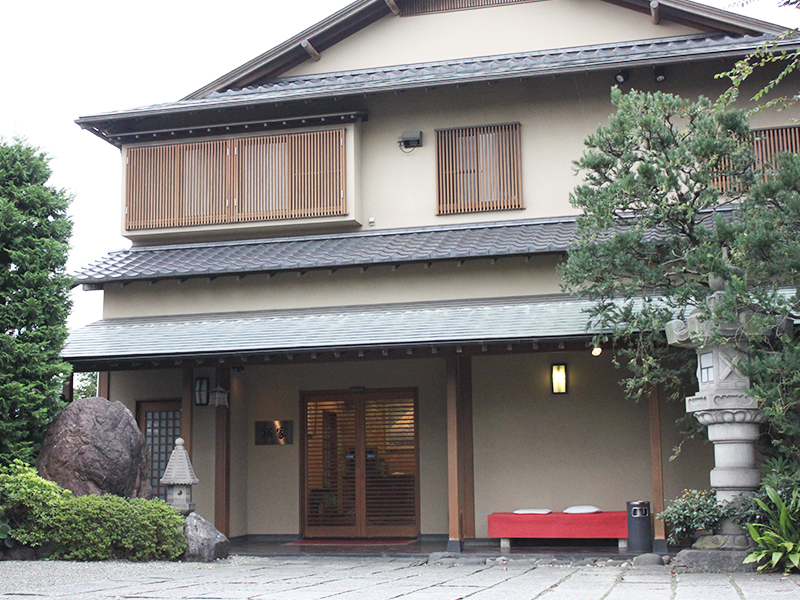
This restaurant retains its original appearance from the time of its establishment about 400 years ago in the early Edo period. You can enjoy a course featuring a variety of traditional catfish dishes, including sashimi, grilling, and frying, all of which have been enjoyed by the people of Yoshikawa for hundreds of years.
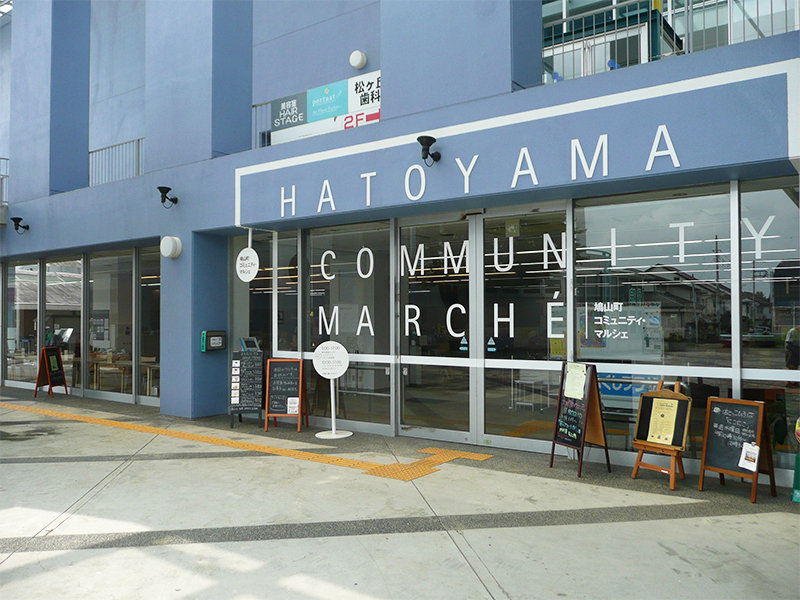
This facility promotes migration to Hatoyama Town, entrepreneurship and interactions between people of all ages. There is a "Machiokoshi Cafe" (town revitalization cafe) inside the facility where a daily alternating chef offers meals, boxed lunches, sandwiches, sweets and other food and drink, as well as where local vegetables and handmade goods by Hiki area artists are available for sale.
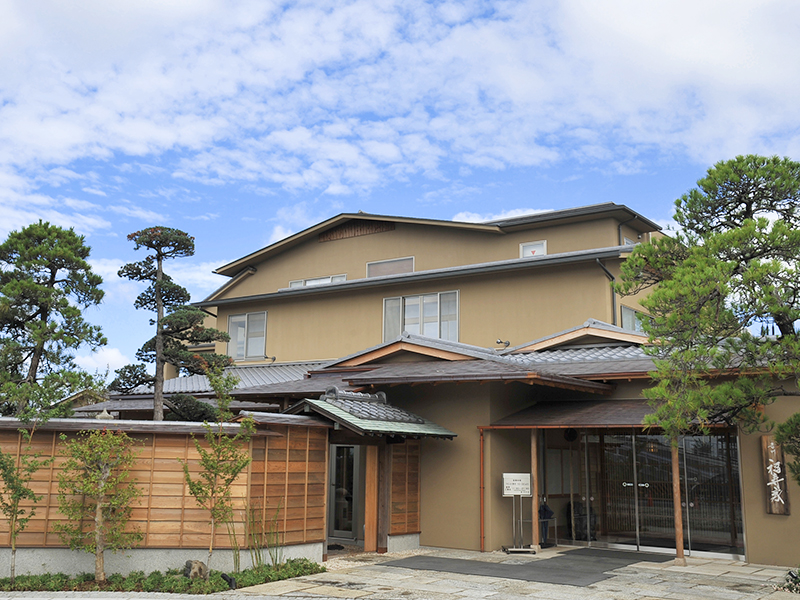
Established during the mid-Edo period, this long-running teahouse-restaurant continues to hand down its traditions of taste and technique while offering the finest hospitality. They serve a catfish kaiseki cuisine course featuring a variety of catfish preparations, or visitors can enjoy elaborate single dishes made from catfish.
This site uses cookies to improve the user experience. If you continue to browse, you consent to the use of cookies on this site. Accept
CONTACT
